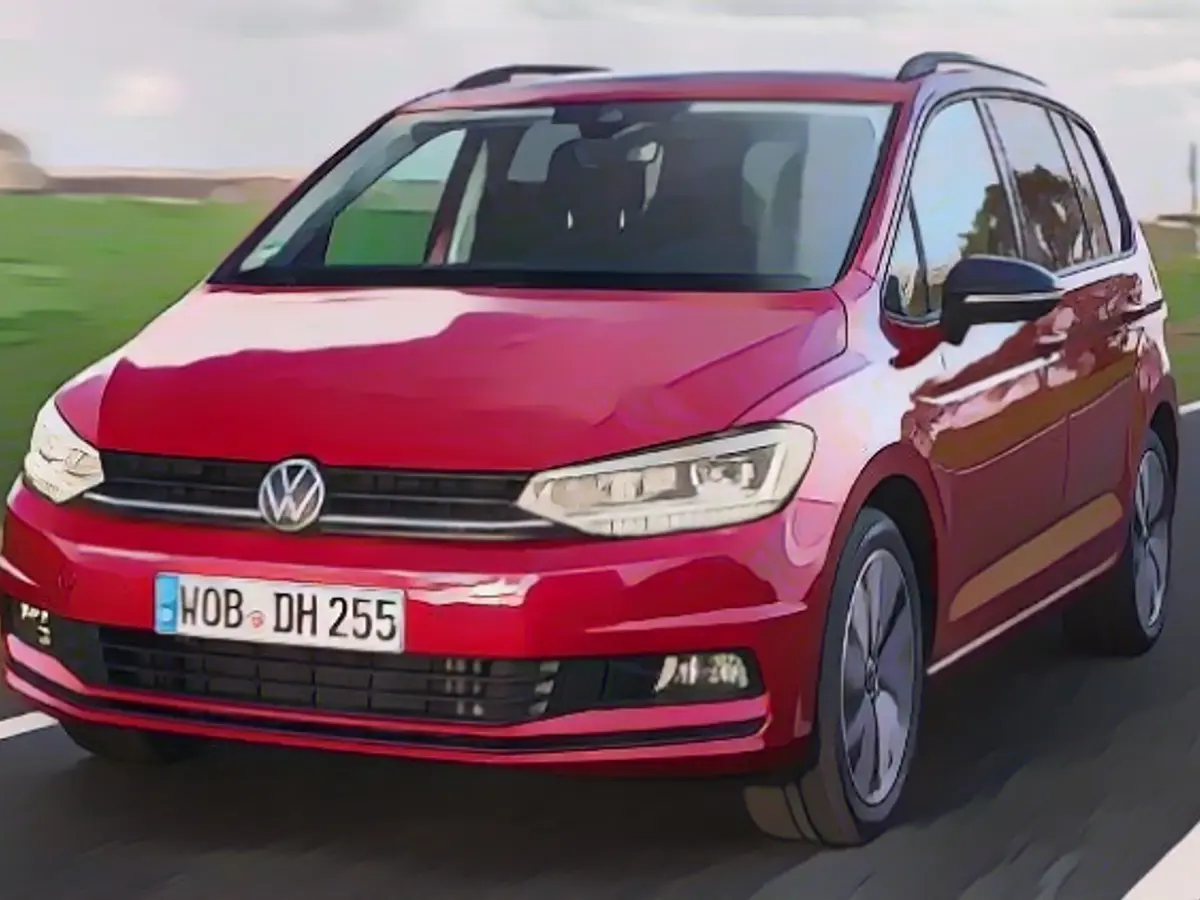VW Touran - if you still want one, you have to hurry
The VW Touran is one of the last vans on the German new car market. Its imminent demise has nothing to do with its qualities. It scores with plenty of space and a mature concept. A test drive with a touch of melancholy.
The VW Touran is anything but trendy: no fashionable SUV style, no electric drive, instead a staid compact van body with a less charismatic four-cylinder diesel engine. The former family bestseller no longer has much of a future in Wolfsburg.

For years, the Touran dominated the van segment in the Federal Motor Transport Authority's (KBA) bestseller list. In the best months, more than 3,000 buyers drove the five- to seven-seater off the dealer's lot. Most recently, the model, which has been in its second generation since 2015, did not even achieve 1500 new registrations per month. Like other popular vans from the early 2000s, the VW is suffering from the change in buyers' tastes - away from the "Pampers bomber" and towards the "city tank".
Exact end date not yet clear
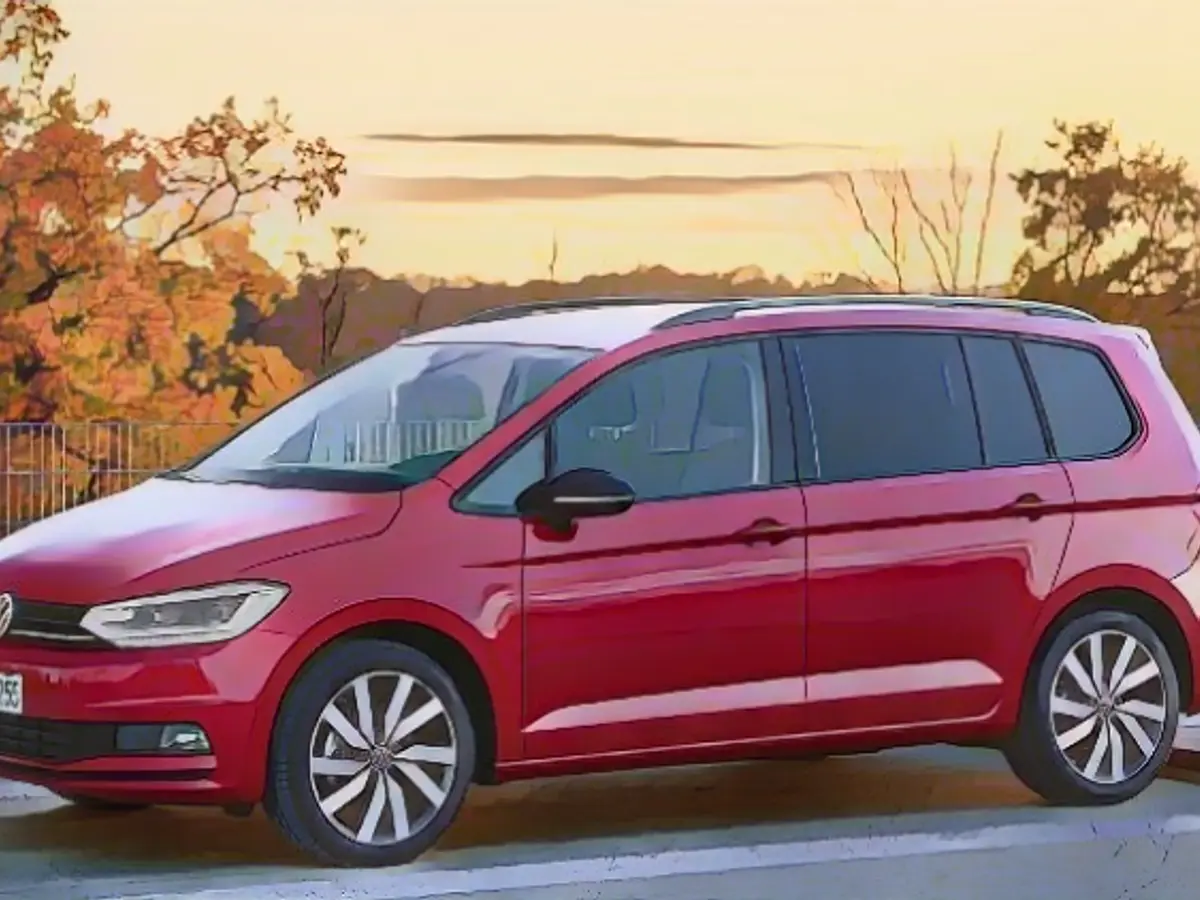
It has been clear for some time that the Touran will no longer have a successor. But it is not yet clear when the last vehicle will roll off the production line at the main plant in Wolfsburg. But anyone who wants one will definitely have to hurry. And set aside 39,340 euros for the well-equipped Comfortline version in conjunction with the 1.5-liter petrol engine with 110 kW/150 hp. However, if you negotiate reasonably cleverly, you should be able to get away with it at a lower price. Keyword: discontinued model.
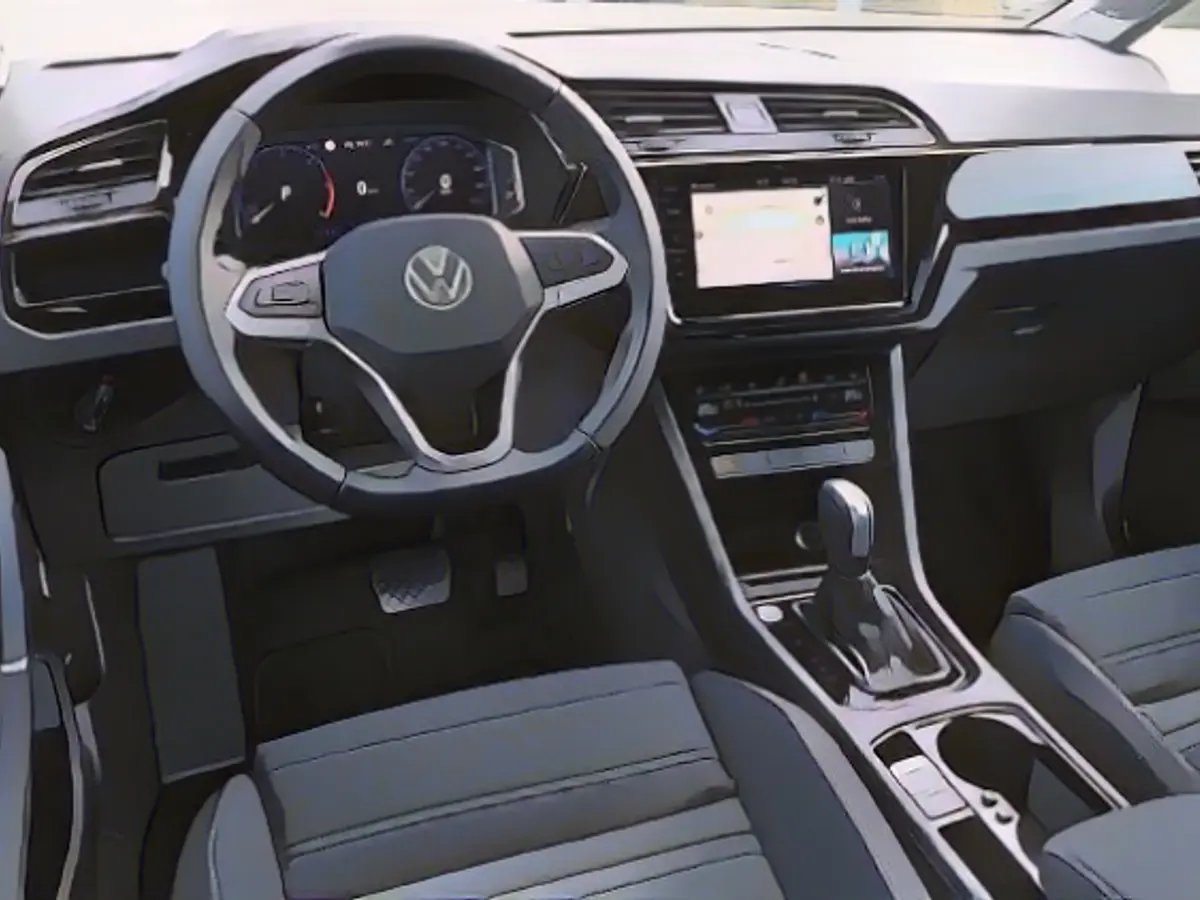
However, the Touran does not look like one. The exterior design has always been rather unfashionable and has held up correspondingly well, still looking sober today, but solid through and through. The sheet metal is elaborately folded and pressed, the front is kept in the typical VW style and the windows are now significantly larger than in most modern cars. In general, function rather than form is what counts here: The edge of the roof does not even try to simulate a coupé silhouette, but simply and naturally keeps away from the heads of the rear occupants.
Trunk is easy to load
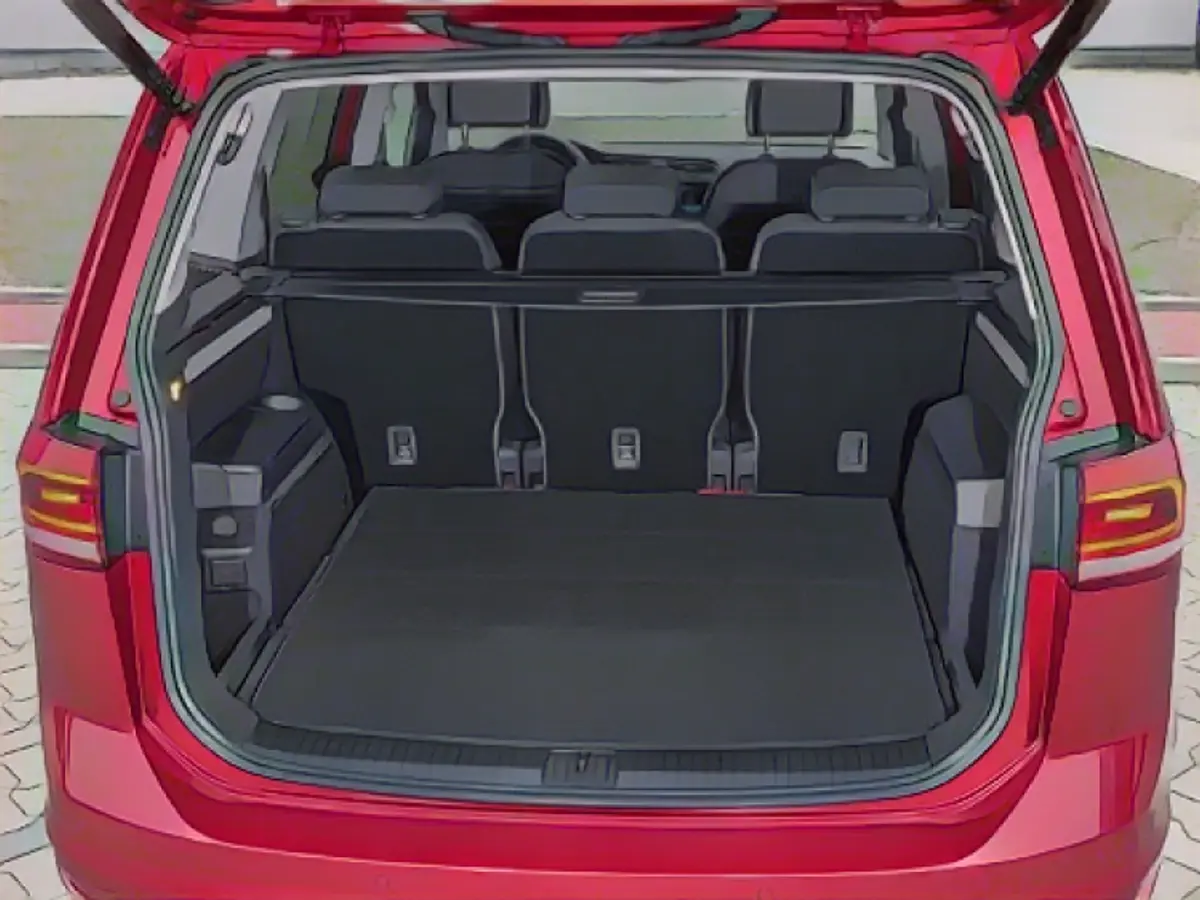
The trunk lid drops vertically, which may not look stylish, but optimizes the stowage volume. 834 liters are available with five seats - and they really are: the loading sill is pleasantly low, the opening is large and the loading area is stepless. There are also various compartments on the side walls to store the usual small items.
A retractable third row of seats is available as an option, but only smaller children can sit comfortably on it. The individual seats in row two, on the other hand, are comfortable for all ages and sizes. If necessary, three child seats can even be fitted next to each other - a talent that hardly any newer car apart from minibuses has.
Practical, but not boring
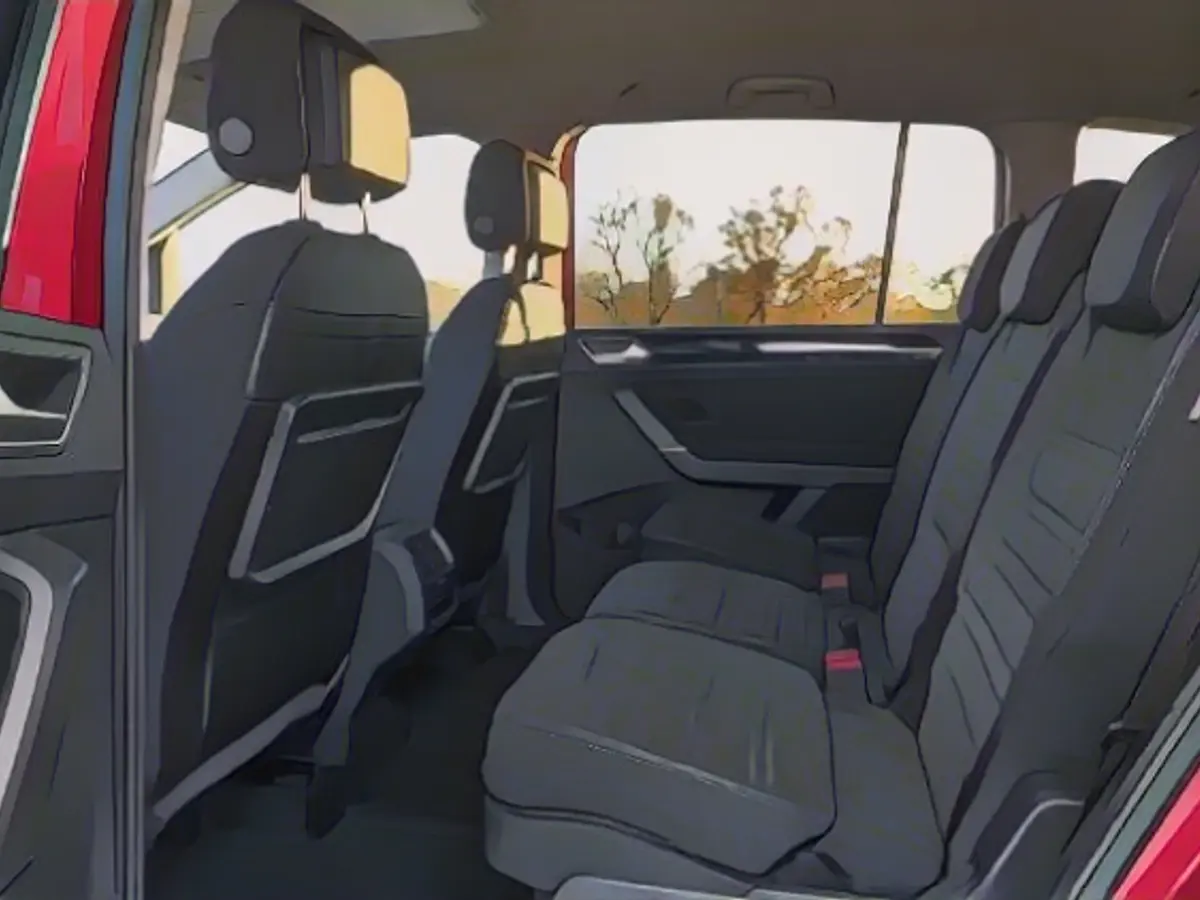
A car that is so practically rationalized must be boring to drive, right? It doesn't have to and it doesn't. Of course, the Touran is not a sports car, but it does offer the comprehensively talented VW chassis, with which the Golf and co. always manage to achieve at least a decent spread between everyday driving and excursions. The long-distance driving discipline is the showpiece, on which the van glides very smoothly and confidently over bumps; it is unfamiliar with bumps, following ruts and other unwanted reactions to unevenness. Cornering is also quick and safe thanks to the precise and spontaneously responsive steering. The van is sufficiently maneuverable for city traffic, although the high rear edge noticeably restricts the view to the rear. The reversing camera (345 euros) is also worthwhile for this reason.
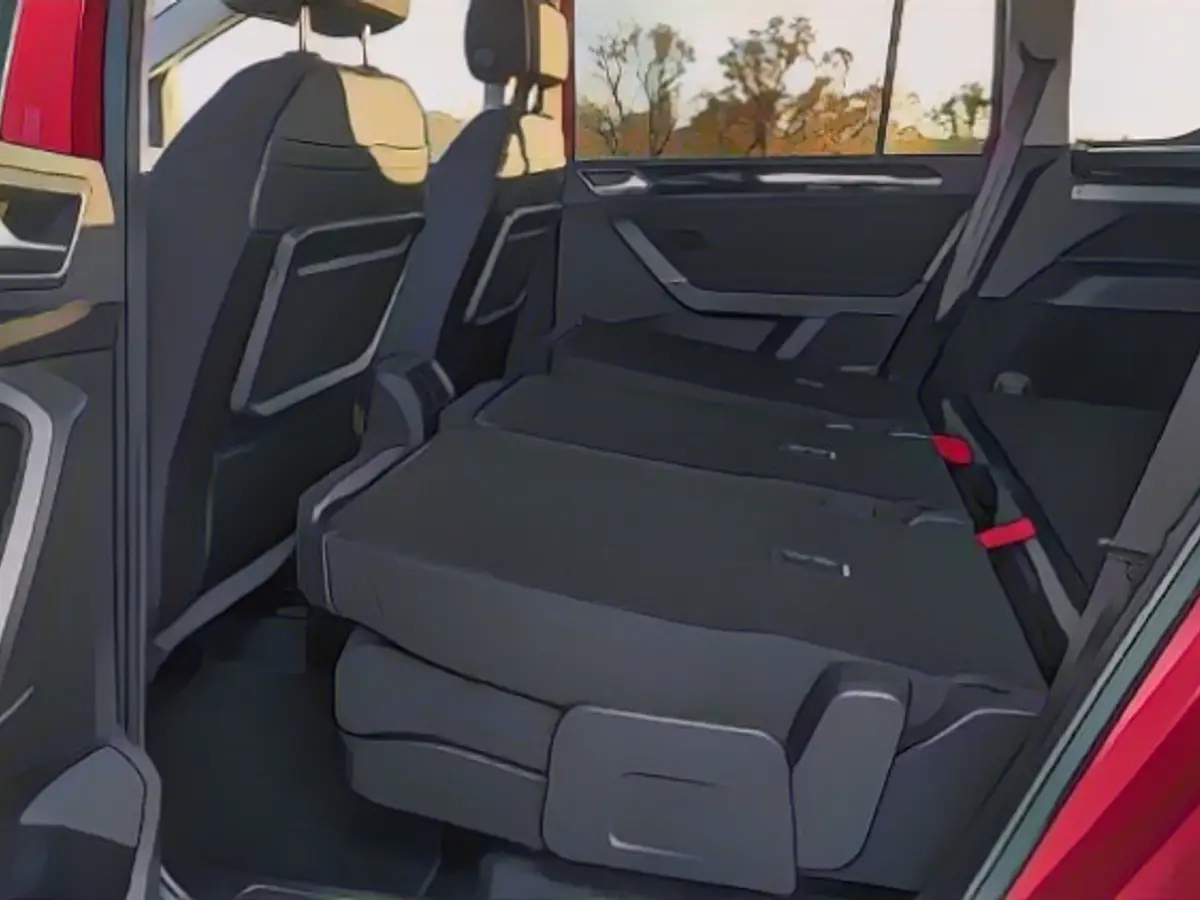
The 2.0-liter diesel engine with 110 kW/150 hp fitted in the test vehicle is an acoustically restrained companion, but after overcoming a small turbo lag, it pushes the van through city traffic and on the freeway in a relaxed manner. The dual-clutch gearbox changes the seven gears attentively and relatively quickly. At least in normal mode, this also happens at the right points, while the eco setting holds the gears for an extremely long time, slowing the car down considerably. But: the special economy mode is not even necessary, even in normal use the Touran is content with around five liters.
The Touran is certainly not an emotional car. But it is a pleasantly rational one. Utility clearly comes before looks, every detail is coherent and well thought out. VW pays well for this: the 150 hp diesel costs at least 45,570 euros, but is well equipped. What's more, the North German family car is now virtually unrivaled. Only the Dacia Jogger still fishes in similar waters.
Technical data - VW Touran 2.0 TDI
- Five- to seven-seater, five-door compact van
- Length: 4.53 meters, width: 1.83 meters (with exterior mirrors: 2.09 meters), height: 1.66 meters, wheelbase: 2.79 meters, trunk capacity: 834 to 1,980 liters
- 2.0-liter four-cylinder turbodiesel, 110 kW/150 hp, max. torque 360 Nm, 1600-2750 rpm, front-wheel drive, seven-speed dual-clutch gearbox
- Vmax: 206 km/h, 0-100 km/h: 9.3 s
- Fuel consumption (WLPT): 5.2 liters/100 km, emissions standard: Euro 6d-ISC-FCM, CO2 emissions: 136 g/km, test consumption: 5.2 liters/100 km
- Price: 45,570 euros
Despite its popularity in the past, Volkswagen's Touran is now struggling to find buyers, as modern tastes lean towards SUVs and electric vehicles. This compact van, with its last-generation body and diesel engine, is facing an uncertain future in the market.
Meanwhile, Volkswagen is known for its wide range of models, including the Touran. One such model that might interest compact class enthusiasts is the Volkswagen Caddy Maxi, a compact van offering ample space and practical features.
Source: www.ntv.de
